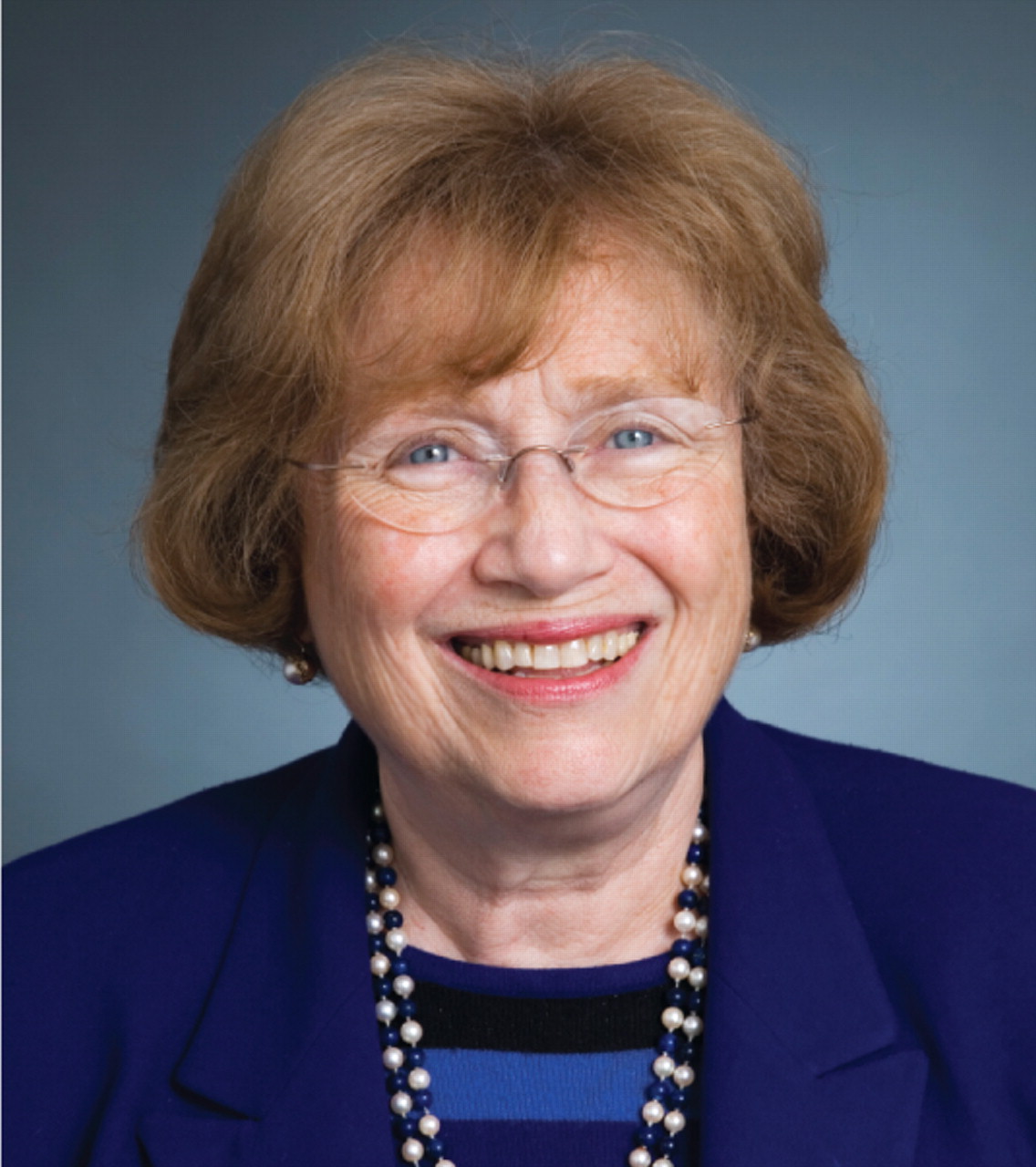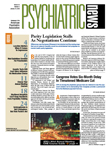In my previous column, I shared my end-of-year review of some APA activities. As I welcome the New Year, my emphasis is on organizational structure and activities that will continue to strengthen APA.
Last spring, we began work on a Board retreat focusing on organizational function and performance. In preparation, Board members identified critical issues and challenges for the profession and a more focused listing of APA's perceived strengths and weaknesses.
Access to care, financing of care, and health care reform were deemed the most important environmental issues, with additional emphasis on stigma, how scientific advances will affect psychiatric practice, and advocacy for specific groups, such as children, the military, and prison populations.
Board members commented that member involvement in the Association and quality of APA staff were our greatest strengths and noted the quality of our annual meeting, our effective advocacy efforts, our close-knit, cohesive culture, and the positive impact of APA's recently improved financial stability as major organizational assets.
At the same time, we are not always flexible, nimble, or responsive to change, and one of APA's weaknesses was described as the lack of greater member awareness and involvement both nationally and locally. It has been said that our best-kept secret is how much APA does for members. Given the need to educate policymakers, professionals, and the public, it is vital that members be well informed about and engaged in advocacy.
As an additional aspect of our planning, the Board reviewed Seven Measures of Success: What Remarkable Associations Do That Others Don't. This small book reports on a study of organizations (some of which are medical specialty organizations), identifying measures and activities that separated the “good” from the “great” or“ remarkable” organizations. The seven significant measures were grouped into three categories—commitment to purpose, commitment to analysis and feedback, and commitment to action. Key elements of these measures included aligning products and services with the organization's mission, having a customer-service culture, using data-driven strategies, dialogue and engagement, organizational adaptability and alliance building, and using the CEO as a broker of ideas.
How do we use this information?
Members and mission are at the heart of a “remarkable” organization. Addressing our mission was an initial step. APA has a dual focus—our members, who are our primary focus and for whom APA is their professional membership organization, and the patients our members treat. As a professional membership organization, our members are our“ customers,” and this focus must take priority in decision making. There are many things the Association can do, but we need to emphasize what we must do and that which only we can or will do.
In being mission focused, we understand that staff and elected leaders are here to serve our profession and our members and to help psychiatrists care for their patients. Recognizing that the Assembly and components are the voice of our members, we look to them to help us determine the right mix of products and services that align with our mission, protecting our core purpose and related activities, while investigating and initiating new efforts.
Because our membership is so diverse in background and activities, we must accumulate and analyze data to drive priorities and directions, and to do so requires the engagement of members and staff. We have begun a process of member surveys and focus groups to increase our knowledge of members' needs and expectations. We also are tracking the wider health care scene to clarify what we know and experience now, as well as what is on the horizon, and to incorporate both into our strategic and operational planning. The results should trigger continued cycles of data gathering and analysis and lead us to make changes based on what was learned.
Our medical director is a highly experienced leader. As a “broker of ideas,” we anticipate he will facilitate visionary thinking throughout the Association. To that end, I have initiated monthly Board conference calls in addition to our on-site meetings, in which Dr. Scully informs the Board of current and anticipated events or issues that will affect our profession and our patients.
We cannot work alone; we are expanding alliances with medical colleagues—subspecialty psychiatrists and other physicians, health and mental health professionals, as well as advocacy groups and others who influence public opinion and policy. To succeed, we need you—our members—to join our voice in action for our profession and our patients.▪

